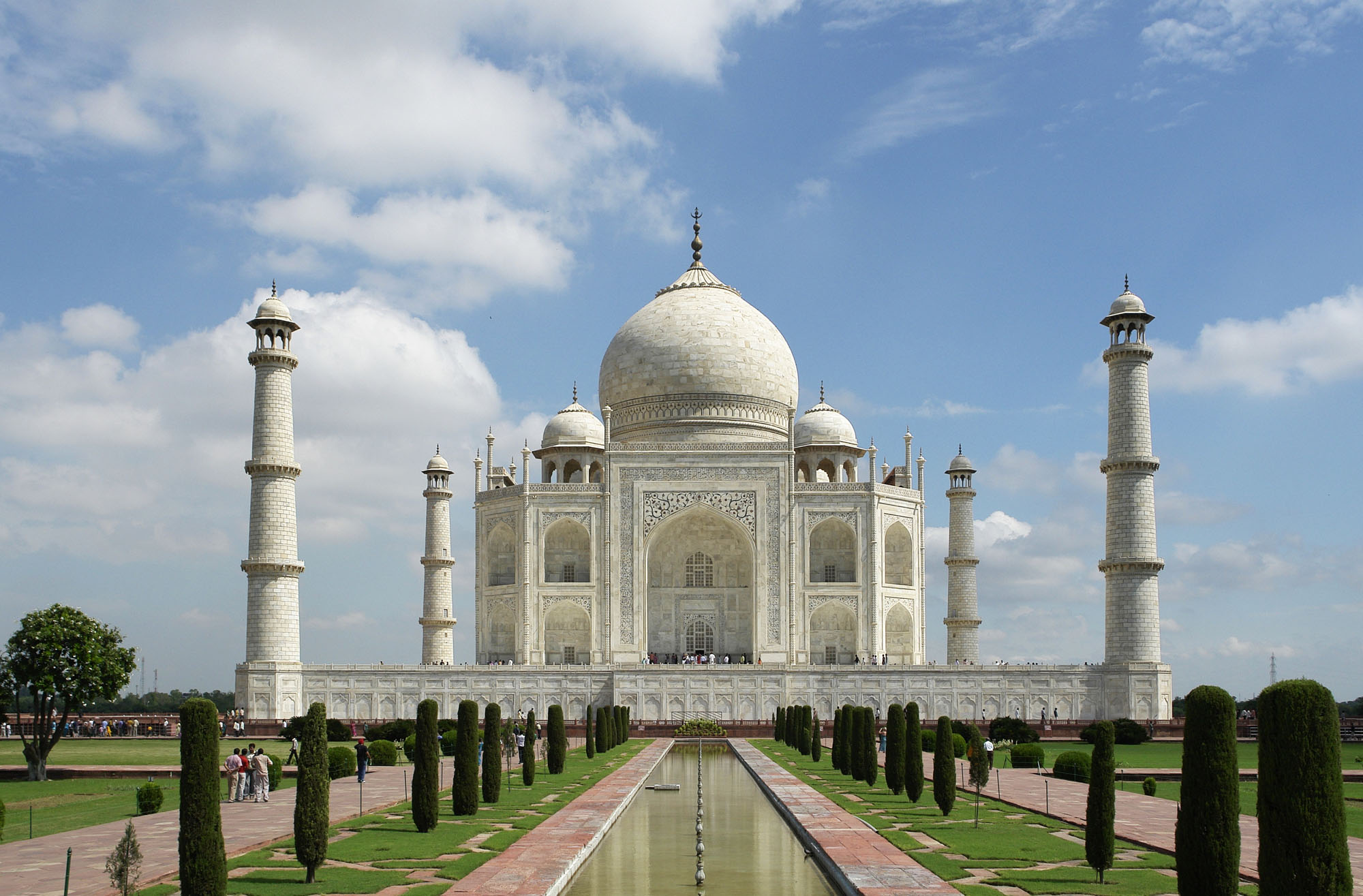In a country where politics has turned toxic, leading virtually everything — from festival firecrackers to animal husbandry — to take on a "communal" religious coloring, perhaps it should not be surprising that even one of the world's most famous monuments has become a target. But that doesn't make it any less tragic — or destructive.
The Taj Mahal is India's most magnificent architectural wonder. Built nearly four centuries ago by the Mughal emperor Shah Jahan as a mausoleum for his beloved wife, the marble monument was hailed by Rabindranath Tagore, India's only Nobel Prize-winning writer, as "a teardrop on the cheek of Time."
But the tears this time are for the Taj itself. Its gleaming white surface is yellowing, owing to air pollution from nearby factories and cottage industries. Repairs are needed so frequently that scaffolding often obscures its famous minarets. The town of Agra in the state of Uttar Pradesh, where the Taj is located, is crowded and grimy.


















With your current subscription plan you can comment on stories. However, before writing your first comment, please create a display name in the Profile section of your subscriber account page.